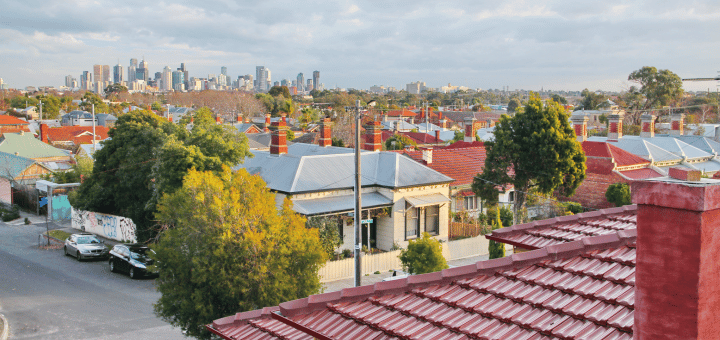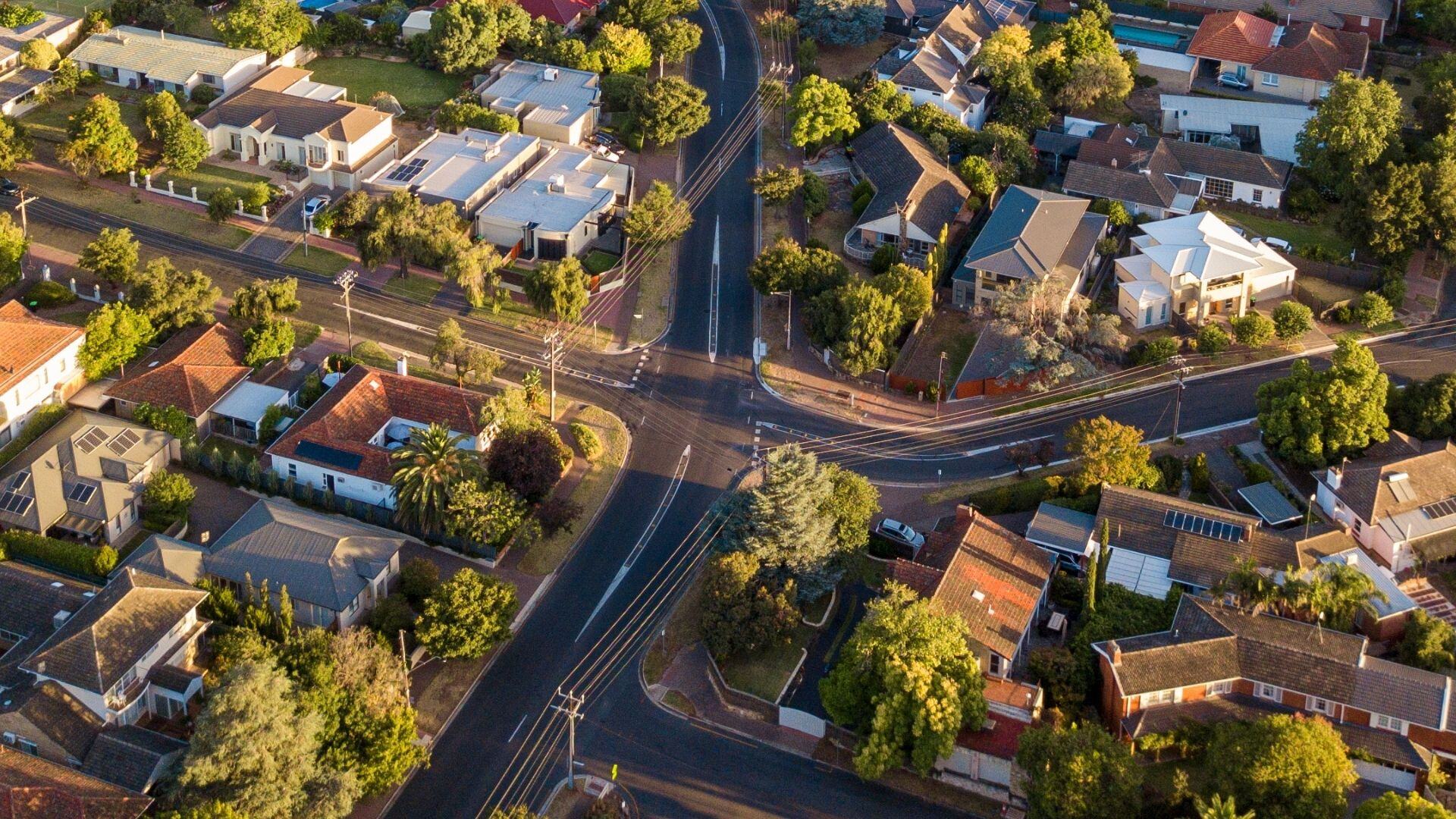In the current climate of economic and social uncertainty, many have started to ask how this is likely to impact residents in their local area. Will low income households be able to make their financial commitments without continued Government support, especially if they aren’t able to return to usual employment or find a new job?
In this blog, Georgia looks at where low income households with a mortgage may be at risk.
Looking for more tips, tricks and insights for understanding the housing story of your area in the context of Covid-19 or more generally? Check out our other housing blogs and free Housing Report Starter Guide.
As the economic and social impacts of Covid-19 become clearer, many have started to ask how this is likely to impact residents in their local area. The particular concern is around the tapering down of Government support packages, such as the JobSeeker and JobKeeper payments in Septmeber. Will low income households be able to make their financial commitments without this support, especially if they aren’t able to return to usual employment or find a new job? Is some media speculation about increasing mortgage arrears and foreclosures likely? Will this lead to a decline in house price due to urgent sales?
These are all valid questions. Low income households – which we’re defining as those earning less than 80% of the median income of their region – are highly susceptible to struggling with their mortgage payments. Many are already in mortgage stress – this is households spending more than 30% of their income on their mortgage repayments. So I decided to investigate, in the eastern states most affected by the pandemic, where there might be hotspots for low income mortgagors. I’ve put the data in the interactive map below, so you can see how your local area fares.
The data is showing a high concentration of low income households with mortgages in the outer growth areas of our capital cities. This is not altogether surprising, as they are traditionally home purchasing areas, are relatively affordable in comparison to inner and middle ring areas, and therefore attract a younger and lower income demographic. What is quite startling, is that low income mortgagors account for more than one in ten of all households in some of Melbourne’s growth areas, such as Wyndham, Melton and Casey.
Unfortunately we don’t have a crystal ball, and have no way of knowing the Government’s plans for JobSeeker and JobKeeper until they are announced. But perhaps for Councils that suspect low income mortgagors in their area are likely to struggle, perhaps forewarned is forearmed. Further interrogation of this data might assist you in supporting your residents through the coming months.
Looking for more tips, tricks and insights for understanding the housing story of your area in the context of Covid-19 or more generally? Check out our other housing blogs and free Housing Report Starter Guide.









